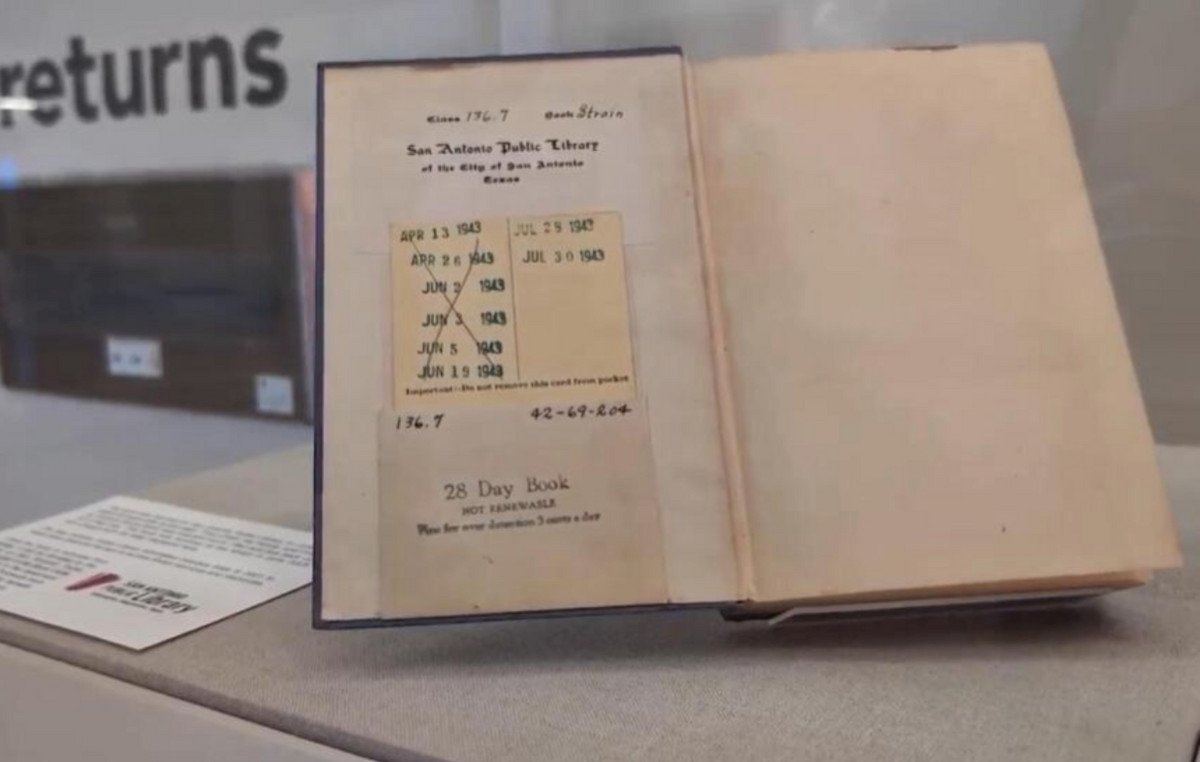It’s a day that’s been planned for years.
Launch day has finally arrived for the Artemis I unmanned mission to take off on a journey around the moon.
Watch the final preparations in the player above, via the official NASA channel, and witness the launch.
Appearances by celebrities such as Jack Black, Chris Evans and Keke Palmer and performances of Josh Groban and Herbie Hancock’s “The Star-Spangled Banner” and Philadelphia Orchestra’s “America the Beautiful” and cellist Yo-Yo Ma are also part of the schedule. .
It’s a sight to behold as the gigantic 98-meter-tall structure, consisting of the Space Launch System rocket and the Orion spacecraft, glows in the morning at NASA’s Kennedy Space Center in Florida.
The launch structure is on the historic platform 39B, where the Apollo 10 mission and space shuttle missions once took off.
Weather conditions remain 80% favorable for a launch that has a window to happen that opens at 9:33 am ET and closes at 11:33 am, according to the latest forecast.
However, offshore storms with lightning potential prevented the team from starting the refueling process, which was supposed to start at midnight, and delayed it by more than an hour.
The process began at 2:13 am, and the tank began to be filled with supercold liquid oxygen and liquid hydrogen.
The team stopped filling the tank with liquid hydrogen twice due to an initial leak and a pressure spike, but the process resumed. The team is in the process of evaluating whether the leak remains and how to resolve it.
“Launch controllers have seen an increase in the amount of hydrogen that can leak into the purge can,” according to an update shared by NASA officials.
Engineers are also working to find out what caused an 11-minute delay in communications between the Orion spacecraft and ground systems.
The issue could affect the start of the terminal countdown or the countdown that starts when there are 10 minutes left on the clock before takeoff. But engineers feel good about figuring out the problem before terminal counts, according to NASA.
The Artemis I mission
Orion’s journey will take 42 days as it travels to the Moon, circles around it and returns to Earth – traveling a total of 2.1 million kilometers. The capsule will land in the Pacific Ocean off the coast of San Diego on October 10.
While the passenger list does not include humans, it does have passengers: three mannequins and a plush toy Snoopy.
The crew aboard Artemis I may seem a little unusual, but each one serves a purpose. Snoopy will serve as a zero-gravity indicator – meaning he will begin floating inside the capsule once he reaches the space environment.
The dummies, named “Commander Moonkin Campos”, “Helga” and “Zohar”, will measure the radiation from deep space that future crews will be able to experience and test a new suit and shielding technology.
A biology experiment carrying seeds, algae, fungi and yeast was placed inside Orion to measure how life reacts to this radiation as well.
Cameras inside and outside Orion will share images and videos throughout the mission, including live views of the Callisto experiment, which will capture footage of Commander Moonikin Campos sitting in the commander’s seat.
If you have an Amazon Alexa-enabled device, you can ask about the mission location every day.
Expect to see images of Earthrise, similar to what was shared during Apollo 8 for the first time, but with much better cameras and technology.
Science experiments and technology demonstrations accompany the rocket in a ring. The 10 small satellites, called CubeSats, will split up and go their separate ways to gather information about the Moon and the deep space environment.
The inaugural mission of the Artemis program will kick off a phase of space exploration that lands diverse crews of astronauts in previously unexplored regions of the Moon and eventually delivers manned missions to Mars.
The rocket and spacecraft will be tested before taking astronauts to the moon on Artemis II and Artemis III, scheduled for 2024 and 2025, respectively.
Source: CNN Brasil







